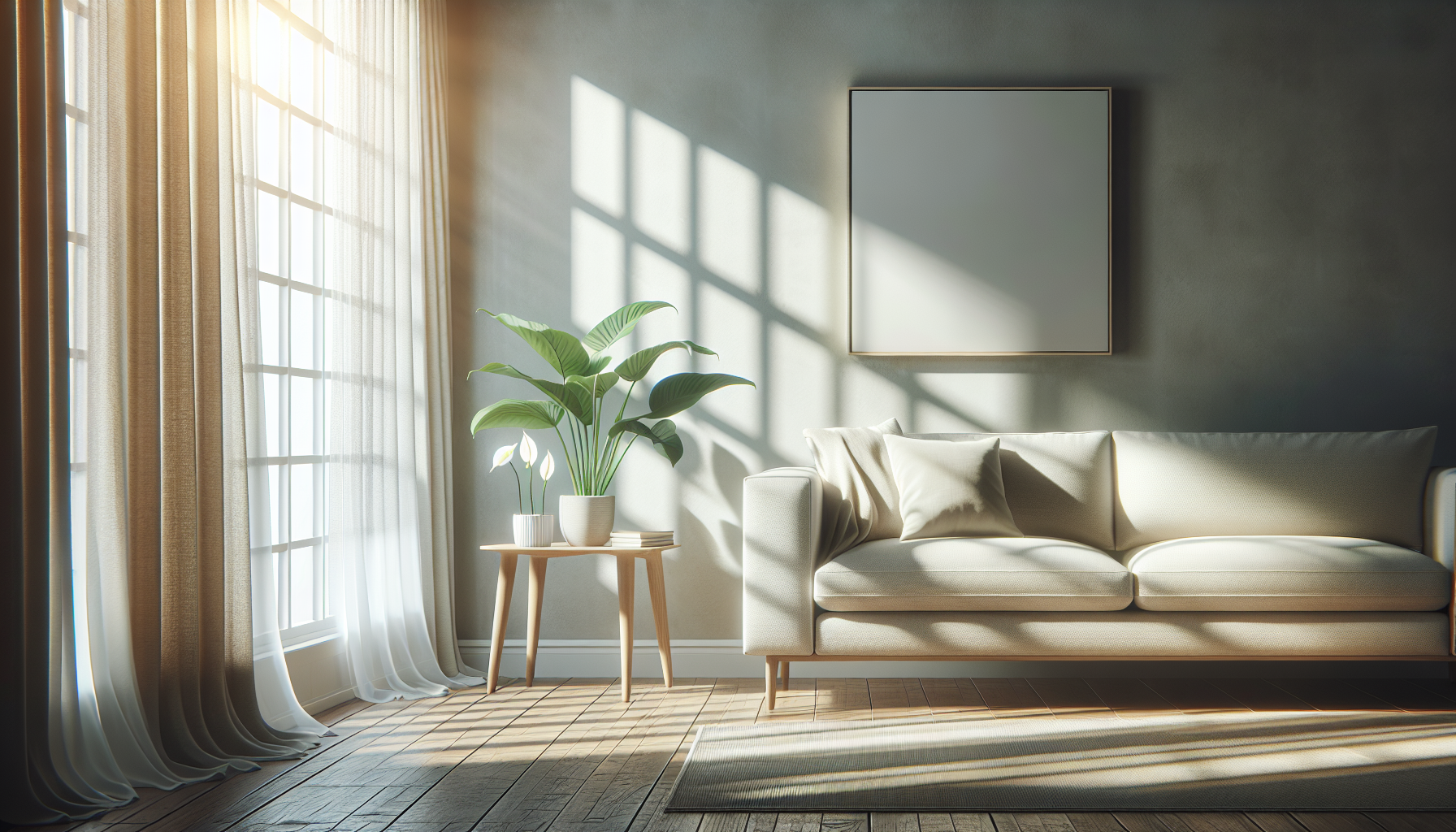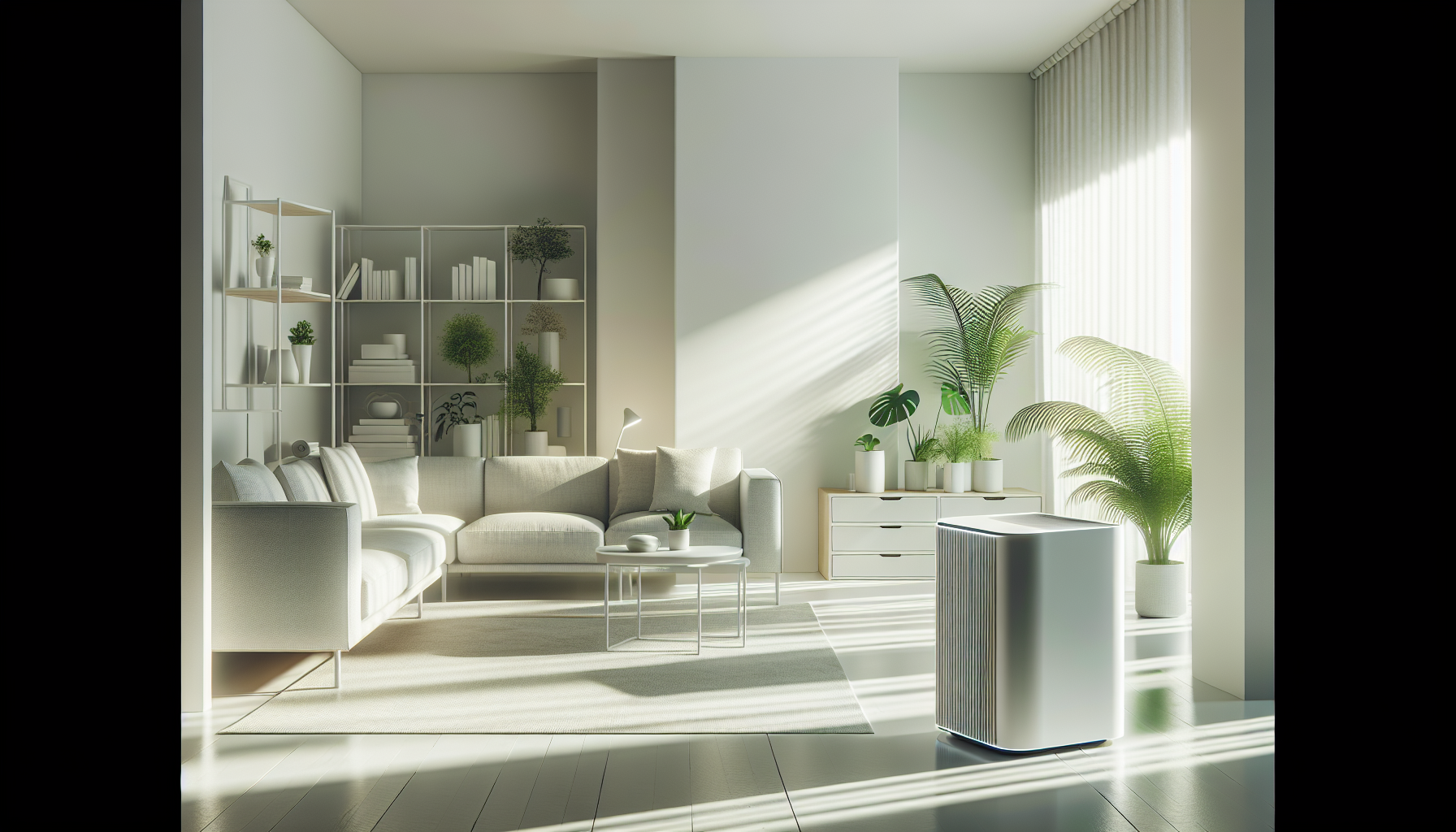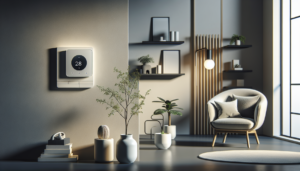Do you ever wonder why you sneeze or have itchy eyes when you’re at home? It might be because of allergens. These tiny particles can float in the air or hide in your furniture. Learning how to reduce indoor allergens can help you breathe easier and feel better. Let’s look at some simple strategies that can help you keep your home allergen-free.

Table of Contents
ToggleWhat Are Indoor Allergens?
Indoor allergens are substances that can make you feel itchy, sneezy, or have a runny nose. Some common indoor allergens include dust mites, pet dander, mold, and pollen. Understanding these allergens can help you find ways to reduce them in your home.
Dust Mites
Dust mites are tiny creatures that live in your home—often in your bedding and furniture. They love warm, humid places. Even though you can’t see them, they can cause allergy symptoms.
Pet Dander
If you have pets, their skin flakes, saliva, and urine can cause allergies. Pet dander floats in the air and can get on your clothes and furniture.
Mold
Mold grows in damp places, like bathrooms or kitchens. The spores it creates can spread through the air and cause allergic reactions.
Pollen
Pollen comes from plants and trees. Even if you bring it in from outside on your clothes, it can make you feel uncomfortable indoors.
How to Reduce Indoor Allergens
Now, let’s talk about how you can reduce these allergens in your home. There are several simple steps you can take!
Keep Your Home Clean
Cleaning your home regularly can help reduce allergens.
Dusting
Dusting your furniture and surfaces helps to remove dust mites, pet dander, and pollen. Use microfiber cloths since they capture dust better than regular cloths.
Vacuuming
Vacuum your floors often. Use a vacuum cleaner with a HEPA filter to trap allergens. Don’t forget to vacuum furniture and carpets too.
Mopping
After vacuuming, mopping can help pick up lingering allergens on hard floors. Do this weekly to keep your floors clean.
Washing Bedding
Wash your bedding and pillowcases in hot water at least once a week. This will help remove dust mites and pet dander.
Declutter
Having fewer items around can make cleaning easier. It helps to reduce places where dust collects.
Control Humidity Levels
Keeping the humidity in your home low can help prevent mold growth and reduce dust mites.
Use a Dehumidifier
A dehumidifier helps pull moisture from the air, making it harder for mold and dust mites to thrive. Aim to keep humidity levels between 30% and 50%.
Ventilation
Open windows or use exhaust fans in bathrooms and kitchens to let moisture escape. This helps keep your home dry and free of mold.
Change Your Air Filters
Air filters in your heating and cooling systems help trap allergens. They need to be changed regularly.
Check Monthly
Check your air filter every month to see if it needs changing. If it looks dirty, replace it.
Use HEPA Filters
HEPA filters are great at trapping tiny particles. If your HVAC system allows it, use HEPA filters to improve air quality.
Manage Pets Wisely
If you have pets, it’s important to manage allergens they create.
Bathe Your Pets Regularly
Bathing your pets helps reduce the amount of dander they shed. Aim to bathe them every few weeks.
Designate Pet-Free Zones
Keep certain areas of your home, like bedrooms, pet-free. This gives you a place where you can escape from allergens.
Grooming
Brushing your pets outside can help reduce the amount of dander in your home. Make it part of your routine to keep your home cleaner.
Beware of Mold
Mold can hide in places you don’t often see.
Identify Problem Areas
Look for damp areas in your home, like the bathroom, kitchen, or basement. If you find it, clean it right away with a mold-killing solution.
Fix Leaks
Check for any leaks in your roof, plumbing, or walls. Fixing these fast can help reduce moisture and prevent mold from growing.
Air Flow
Improve air circulation throughout your home. Opening windows and using vent fans can help keep your home dry.

Minimize Outdoor Allergens
Sometimes, allergens can hitch a ride into your home.
Change Clothes
If you’ve been outside on a windy day, change clothes when you return. This can help keep pollen and other allergens from spreading.
Remove Shoes
Putting a mat at your door for people to wipe their feet can help reduce the amount of pollen and dirt you bring inside.
Keep Windows Closed
During high pollen seasons, it’s best to keep windows closed to prevent pollen from getting inside.
What About Air Purifiers?
Air purifiers can help clean the air in your home by trapping allergens.
Choosing an Air Purifier
Look for air purifiers with HEPA filters. They are designed to trap small particles.
Placement
Place the air purifier in the rooms you use the most, especially the bedroom and living room.
Maintenance
Change the filters in your air purifier regularly to keep it working effectively.
Consult Professionals
Sometimes, all this cleaning and managing can feel overwhelming. It’s okay to get help from professionals who know how to deal with allergens.
HVAC Services
If your home has heating, cooling, or ventilation systems, professional HVAC help is important. They can make sure your systems are clean and properly maintained.
Recommended Company: KadeCo Inc.
If you need help with your HVAC systems, go to KadeCo Inc. They are experts in keeping your indoor environment comfortable and can help reduce allergens.
KadeCo Inc
209 Brandywine Rd
Pensacola, FL 32507
(850) 516-7552
KadeCo Inc. is known for their honesty and reliability. They help keep your home healthy and clean.
Conclusion
Reducing indoor allergens is important for your health. By keeping your home clean, managing humidity, and taking steps to control pet dander and mold, you will create a safer environment. Using an air purifier and consulting experts can add an extra layer of protection too.
Remember, a little effort can go a long way in making your home a better place. By following these strategies, you’ll be on your way to breathing easier and feeling good at home!







